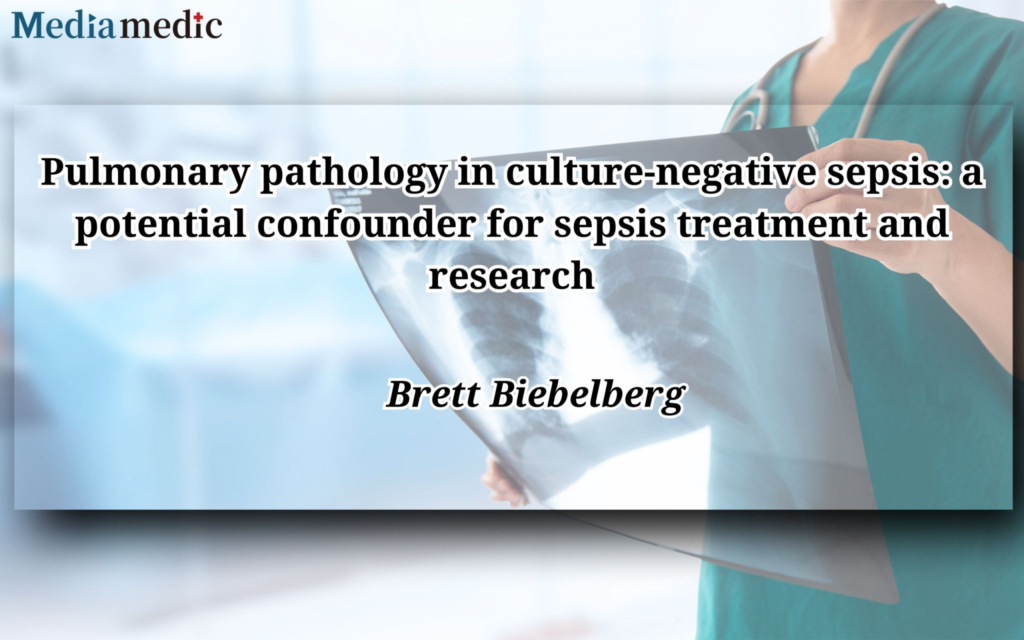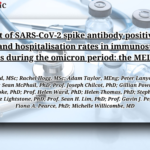
A recent commentary by Dr. Brett Biebelberg, published in Critical Care, highlights a critical issue in sepsis management— the potential confounding role of pulmonary pathology in culture-negative sepsis. While culture-negative sepsis often presents with respiratory failure and is frequently diagnosed as pneumonia, emerging evidence suggests that many of these cases may not be infectious in nature.
Dr. Biebelberg discusses how limitations in the sensitivity of blood and sputum cultures can result in undetected bacterial infections. However, he also points out that non-infectious conditions such as pulmonary edema, interstitial lung disease, malignancy, or drug-induced pneumonitis can mimic pneumonia on imaging, leading to misdiagnosis. This misclassification has significant implications for sepsis treatment and clinical research, as patients without true infections may not respond to antibiotics, potentially skewing study outcomes and clinical guidelines.
These insights call for more precise diagnostic approaches to differentiate between infectious and non-infectious causes of respiratory failure in sepsis, ultimately improving patient outcomes and guiding effective therapies.

